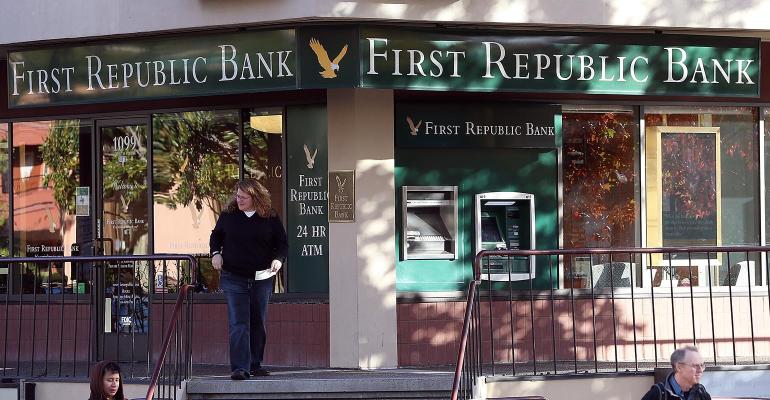The entire banking industry is in a state of flux in the wake of the high-profile failures of Silicon Valley Bank and Signature Bank, as well as the uncertain status of First Republic. As many as 200 regional banks across the country could be in peril of failure, according to some estimates, as small and medium businesses pull out their money to redeposit it in larger banks that are “too big to fail.”
The implications of a bank failure for depositors are fairly clear, and generally dire, but many of these banks, including the aforementioned First Republic, also have trust departments and/or associated trust companies that hold vast trust assets. What happens to those assets, and by extension those trusts, if the bank fails?
Thankfully, the answer is “not much.”
Al W. King, co-founder, co-chairman and co-chief executive officer of South Dakota Trust Company LLC, explains, “Trust company assets are all segregated from the books of the institution—assets of a bank. So regardless of if we’re talking about a trust company or a bank trust department, the assets would be protected if the institution failed.”
Under prevailing regulations, banks must segregate client assets and maintain them in separate accounts apart from the general assets of the bank. It also must establish and maintain a separate set of books and records that clearly identify and distinguish the assets that belong to each individual trust and note the details of all transactions occurring in those accounts. Trust assets held by a bank are not held as the bank’s own assets and are not available to the bank’s creditors.
Mitch Mitchell, an associate counsel of estate planning at Trust & Will, also notes, "Trust Services aren't just holding massive amounts of cash. Most of those assets are likely to be in diversified investments (stocks, bonds, etc.), which aren't cash at the bank."
So, the assets themselves are safe. But if the bank where they’re housed no longer exists, where do the assets go? Are they just handed back to the trustees? Are they distributed to beneficiaries?
According to King, in the event of a bank failure, assets typically are transferred to the care of an acquiring organization.
“Assets would generally be sold or transferred to another bank trust department or trust company by whoever is overseeing them—OCC if federal charter or state Division of Banking if state charter.”
If the client (aka trustee) doesn’t want to continue the relationship under the new ownership, the trust assets are returned directly so they may seek out another institution to house them.
As for whether a distribution could be required, Mitchell notes, "A failure of a bank that then necessitates the trust assets' movement likely would not trigger a distribution by itself. The trustee would need to take possession of the trust assets and find a new place to keep them. Those decisions would be guided by the trust document itself, which might have a loose discretionary standard, but it likely is not unfettered."





